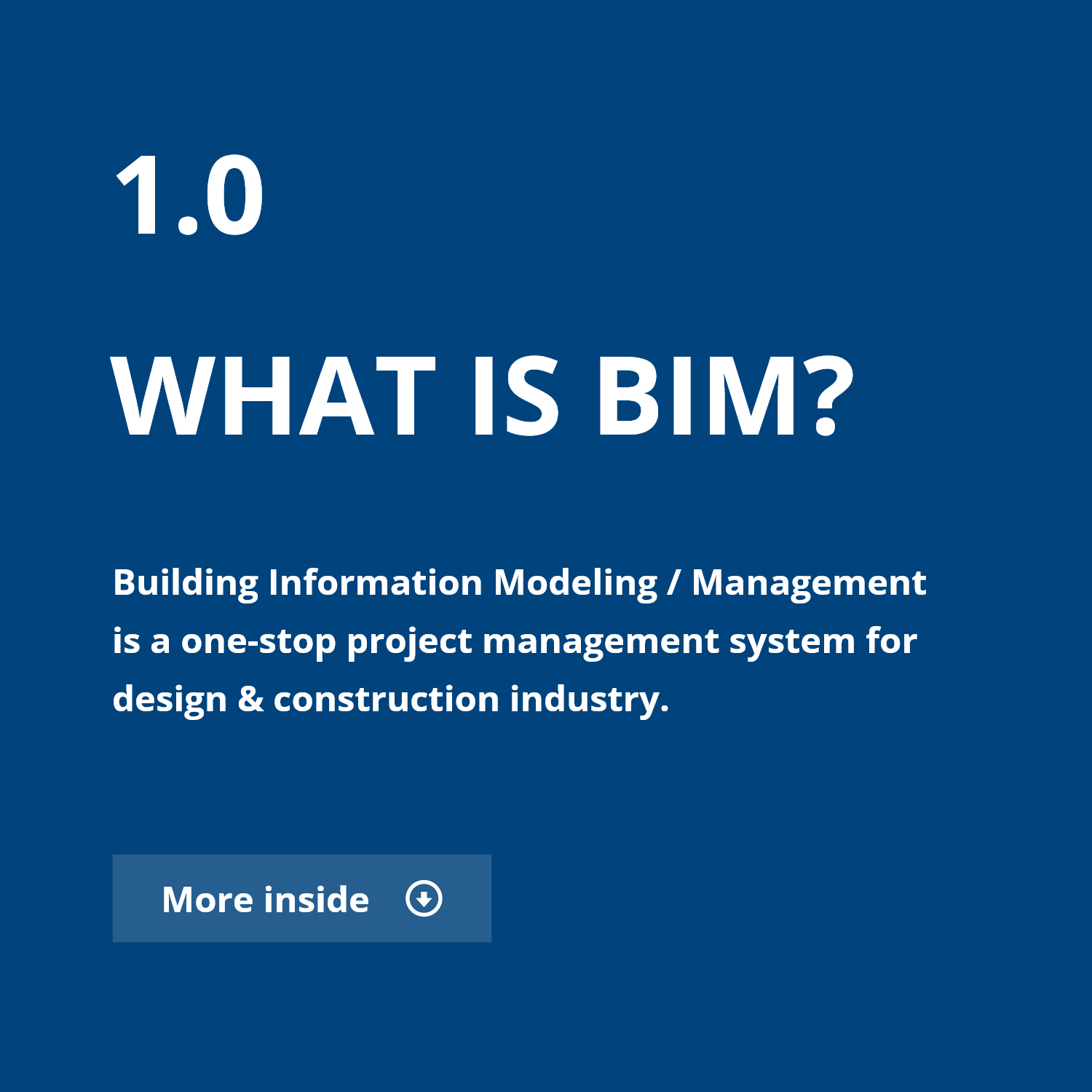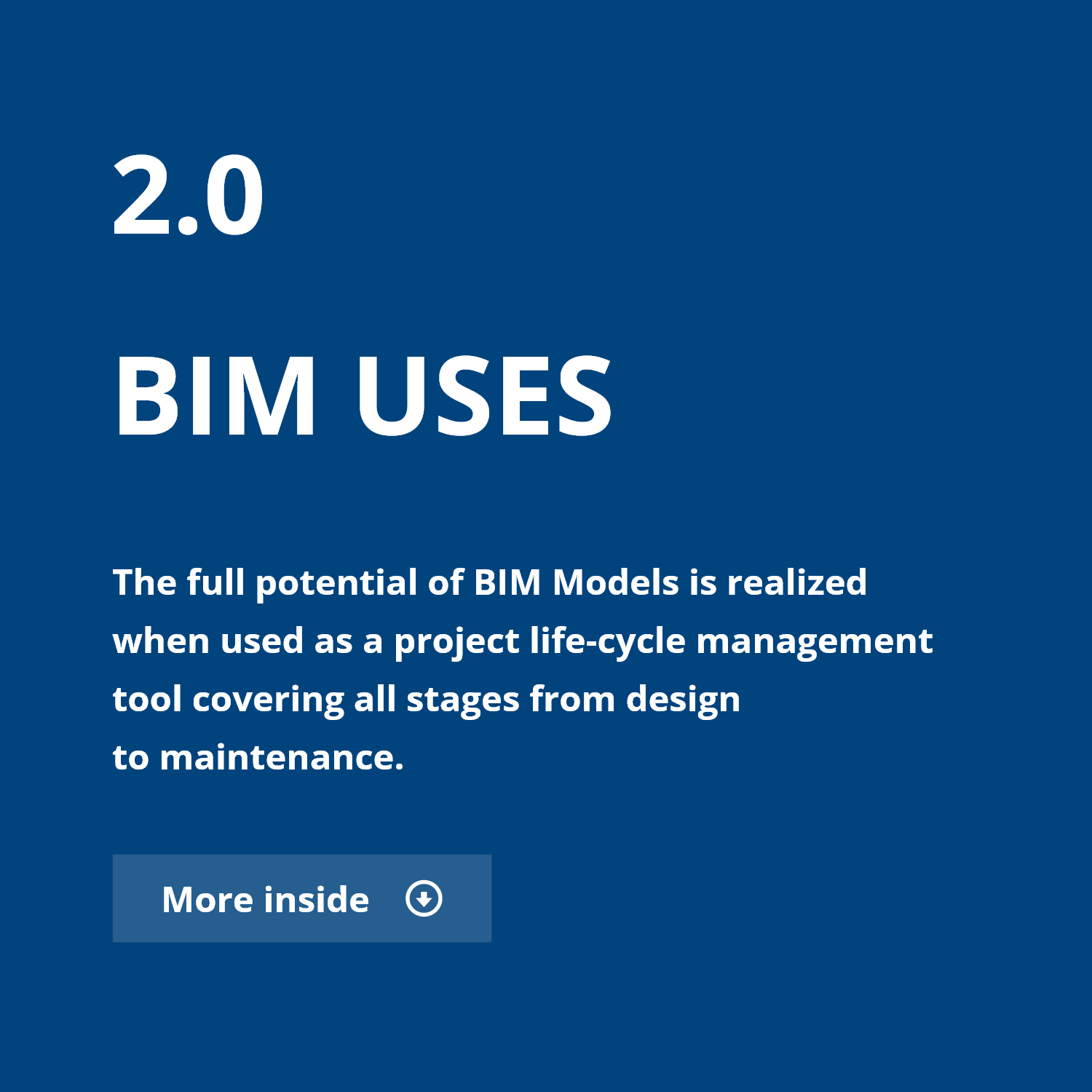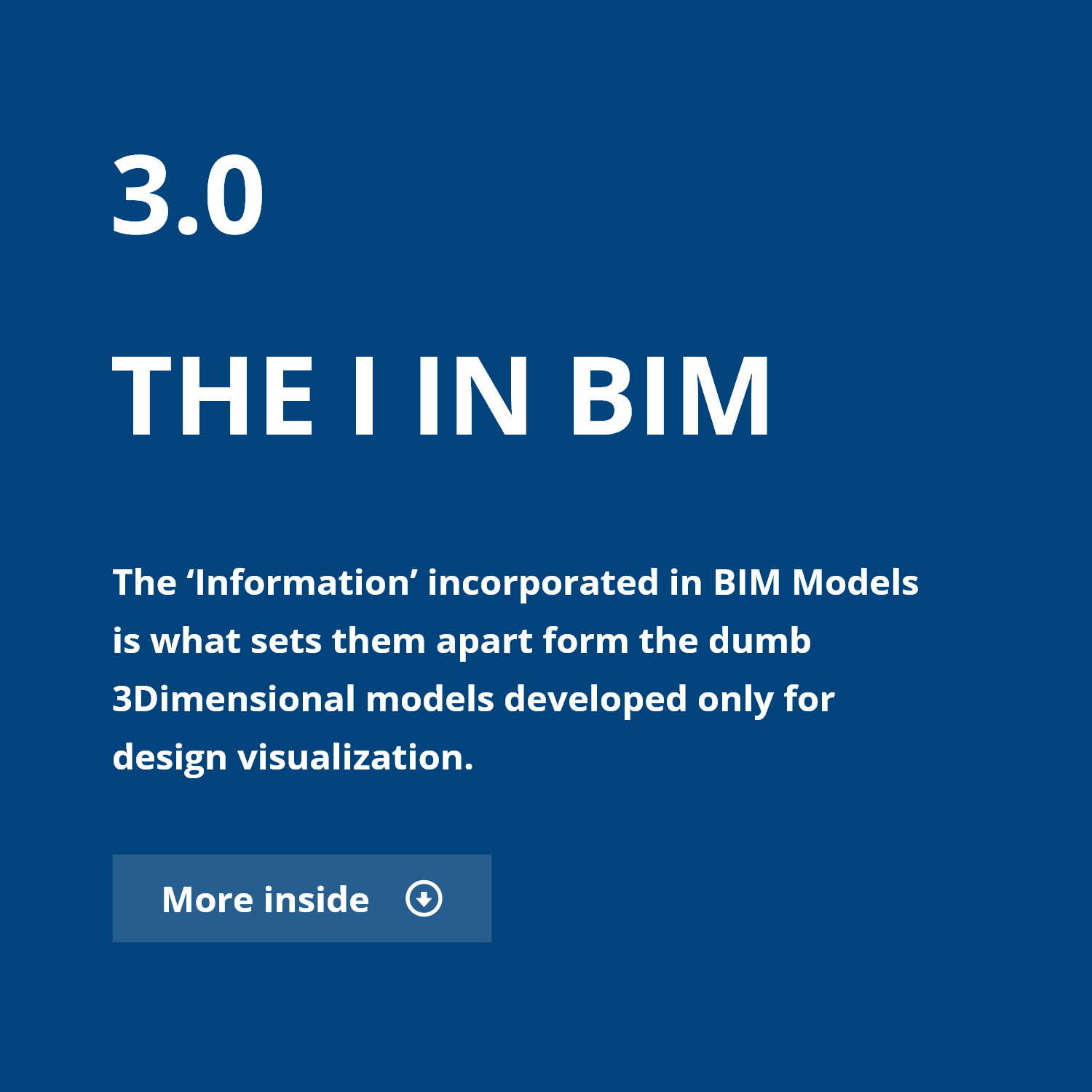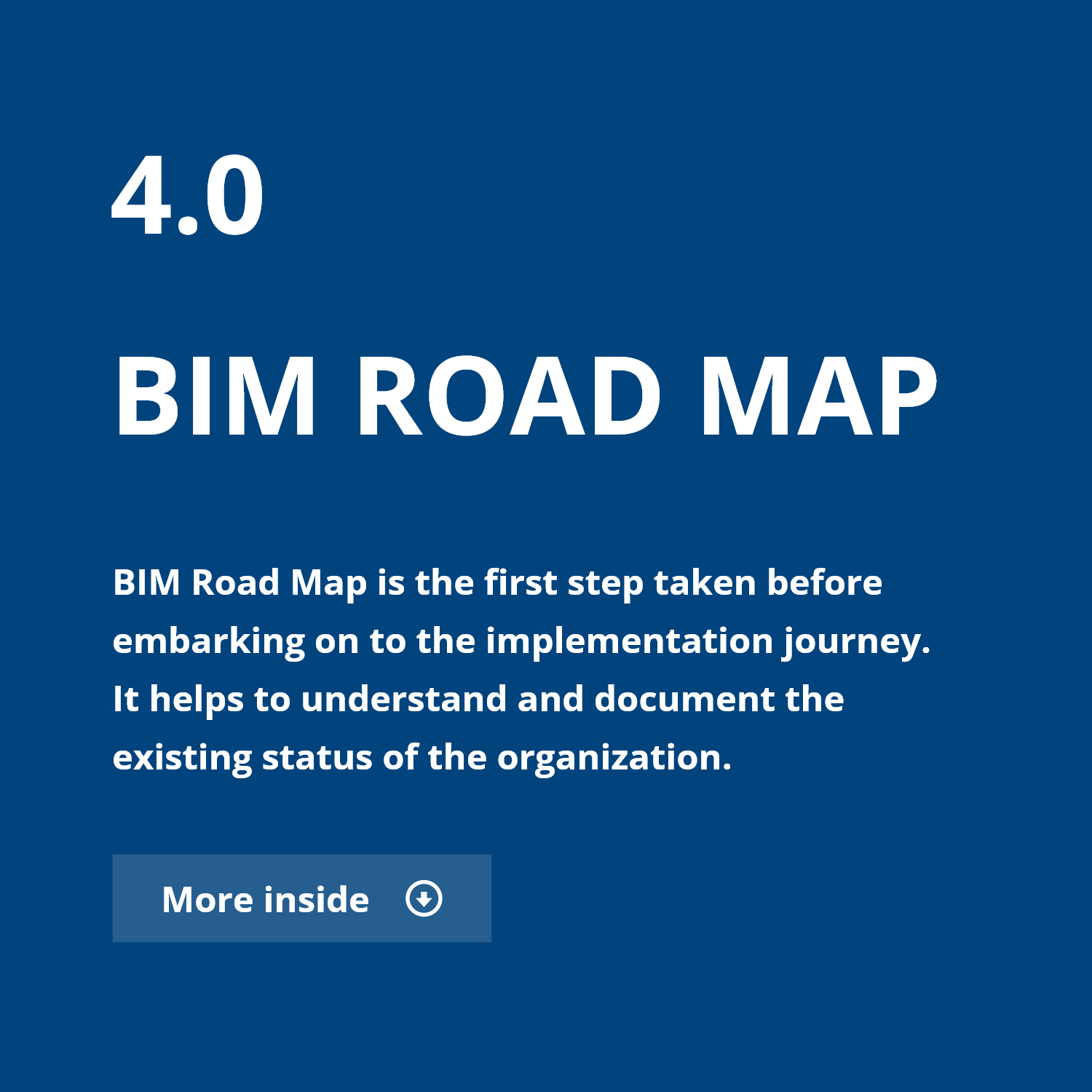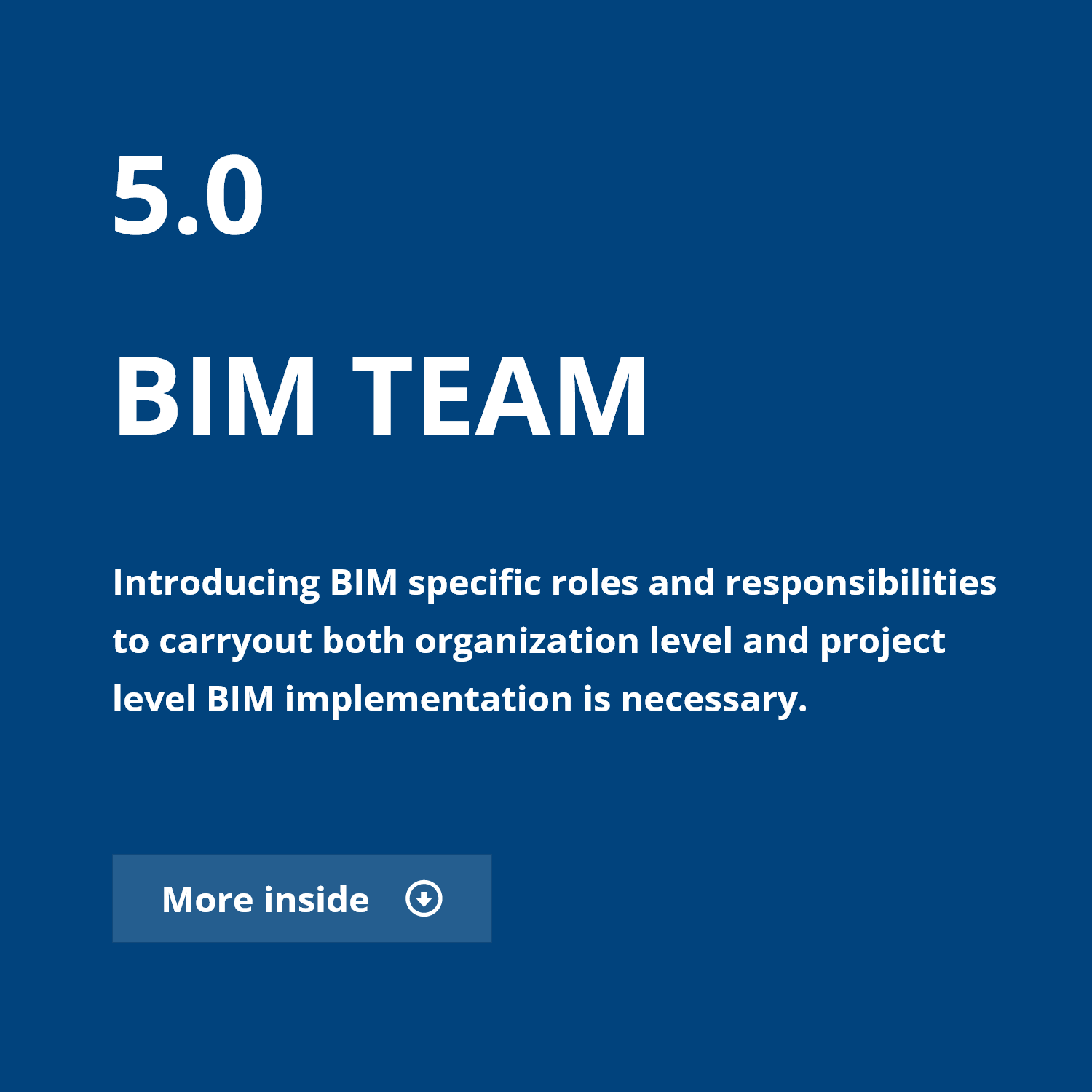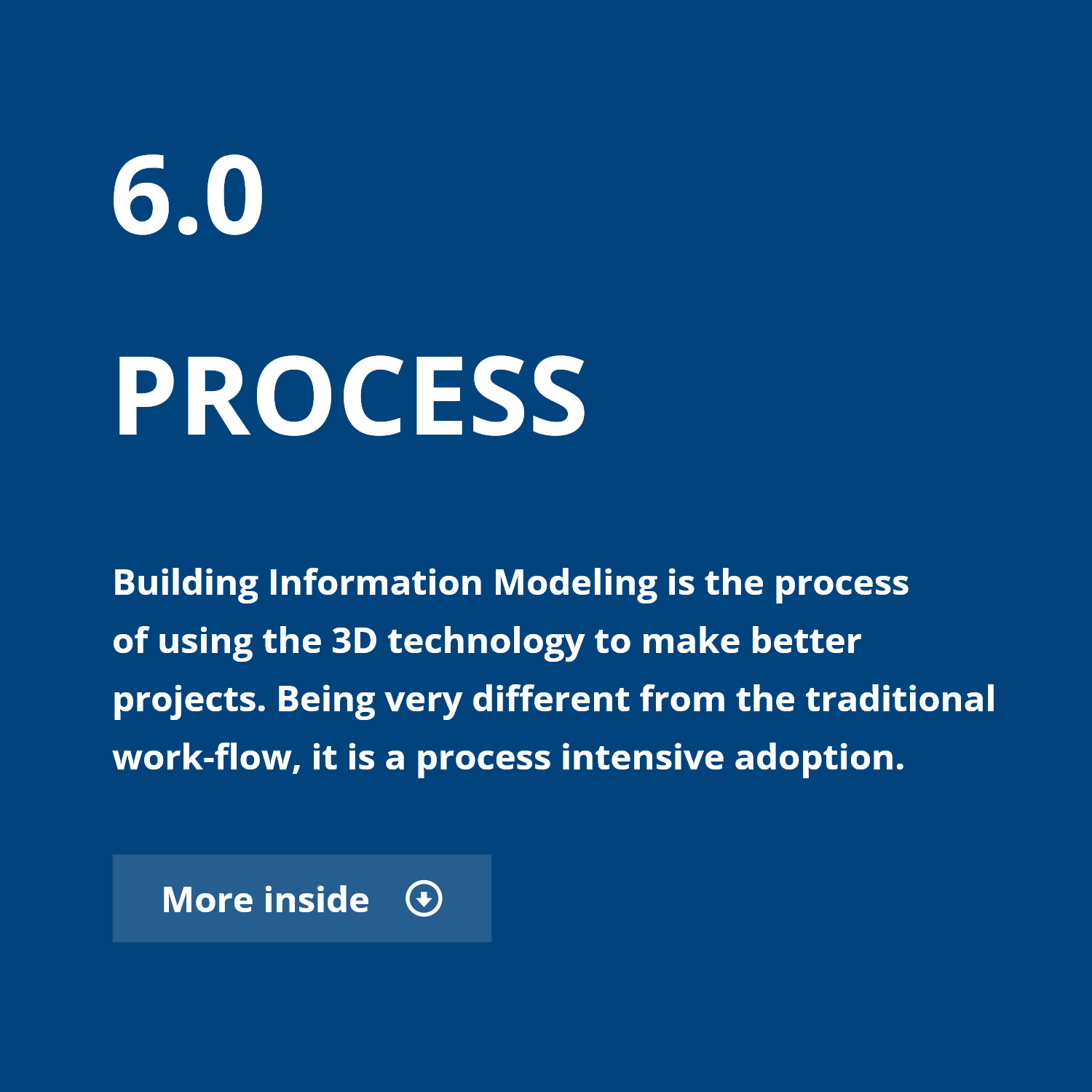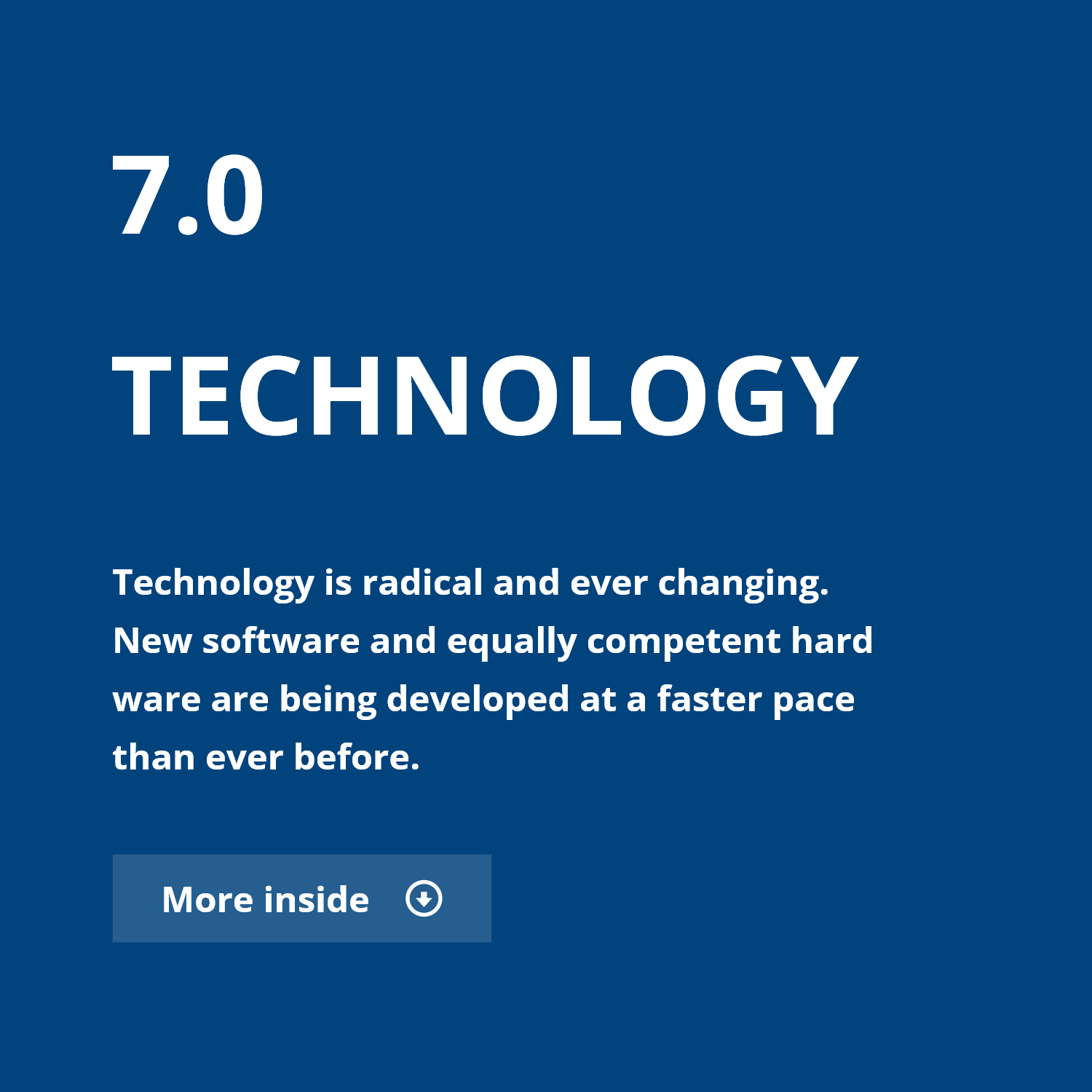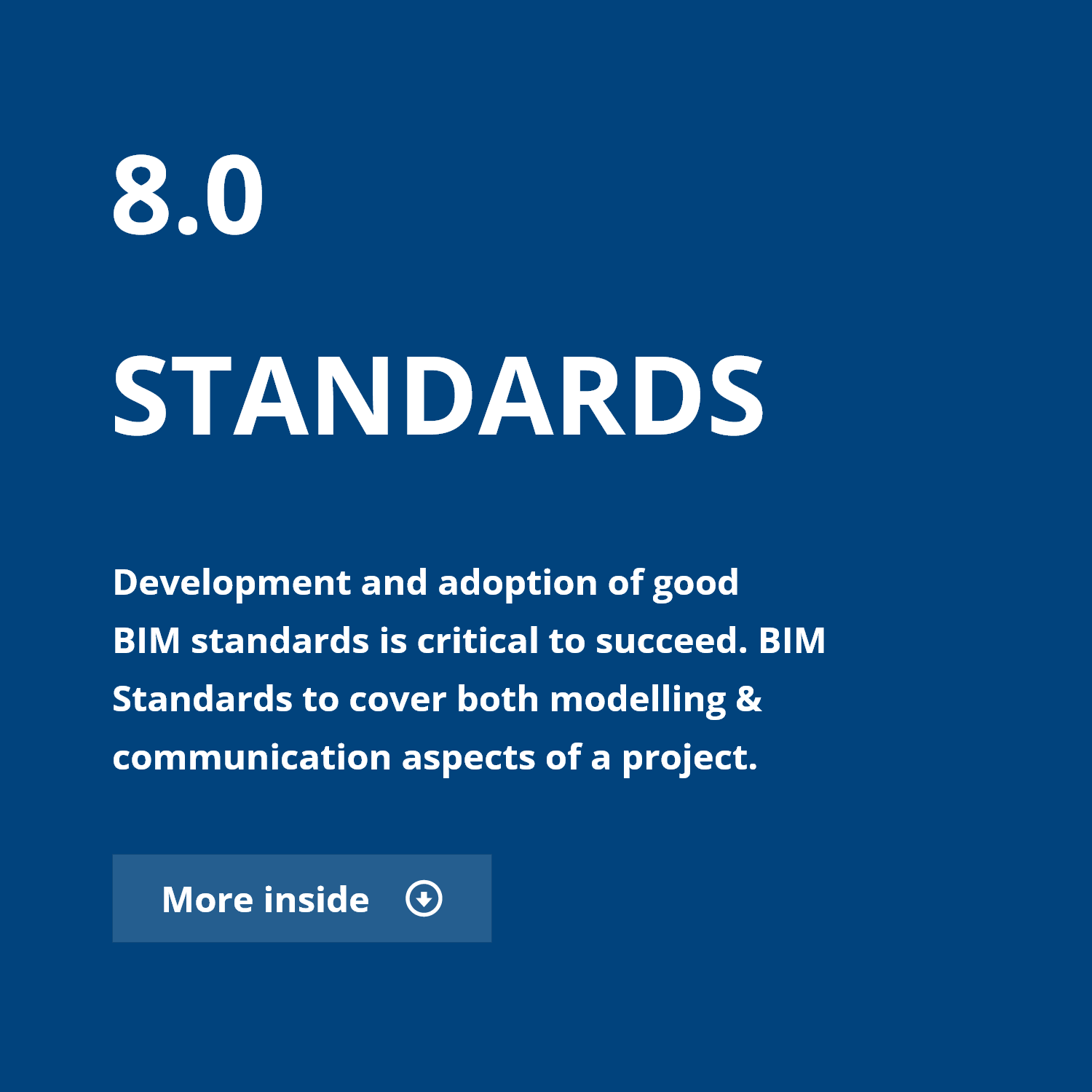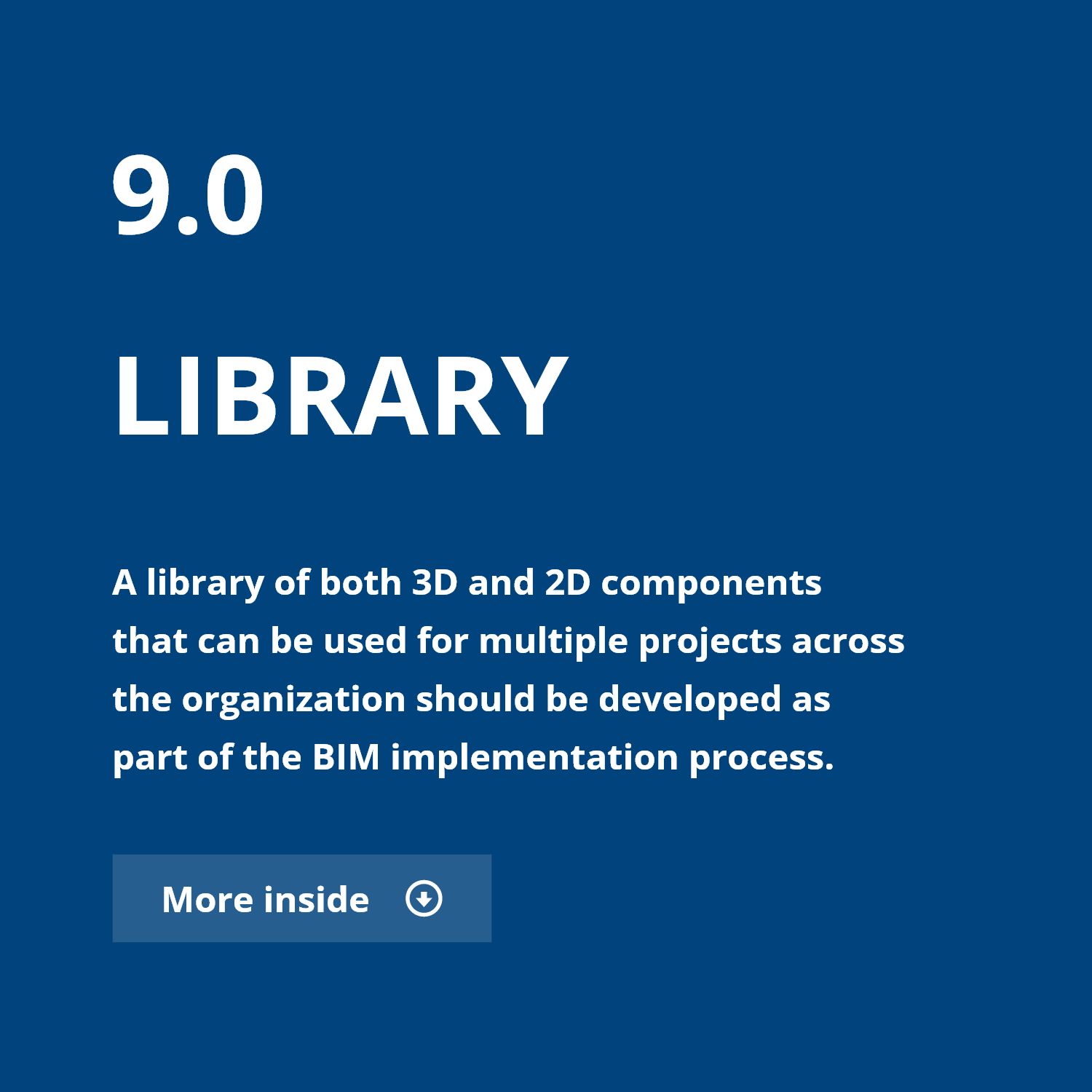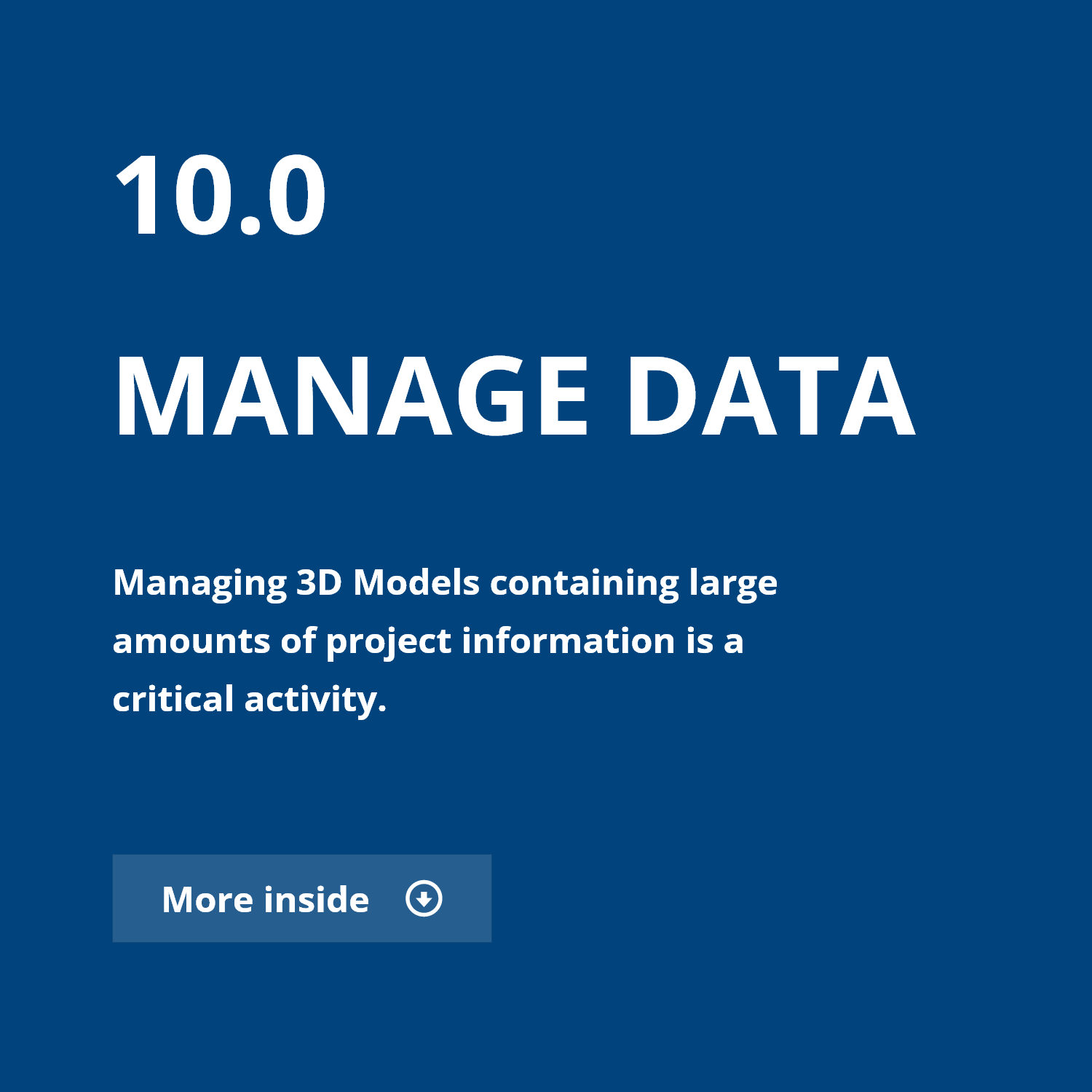Careers Design Engineer and BIM Modeler Voxel1 have an exciting...
Read MoreBIM SPECIFICS
BIM Specifics is Voxel1’s own initiative to develop a knowledge base of the concepts and various processes involved in implementing BIM at all scales. We are on a mission to enable the construction industry to become highly efficient and technologically advanced.
WELCOME TO VOXEL1'S OWN CUSTOM AND UNIQUE BIM KNOWLEDGE BASE
Oftentimes, BIM implementation and management is perceived as a tiring process requiring extensive documentation. This has resulted in little to no interest shown by young architects or students to pursue a career in BIM. The book “BIM Specifics” aims to show the process of implementation in a graphical manner to engage both students and young industry professionals.
BIM Specifics helps readers to gain the introductory knowledge required to kickstart the implementation process at their organization in a structured manner. This also helps business owners to quickly grasp the steps involved in a typical implementation process.
1.1 Modeling
Building Information Modeling is the process of authoring, analyzing and using the information rich 3-D models to make informed design...
1.2 Management
Building Information Management is the process of managing & maintaining information rich 3D models during the course of a project...
1.3 Benefits of BIM
Benefits of working in a BIM environment are evident across the project life-cycle from design through maintenance. The clarity gained...
1.4 BIM – ROI
Adoption of BIM from a traditional practice requires significant investment. Given the drastic shift from traditional work-flows, any organization has...
1.5 BIM Maturity
Implementing and Adopting BIM involves changing and managing several aspects of a project work-flows both internally and externally. Industry standards...
1.6 In-House Adoption
Developing a BIM system for an organization in-house might be a slower process in comparison with having an external consultant...
1.7 BIM Consultant
Taking support from External BIM Consultants will help gain the immediate benefits of BIM early in the process. A well...
1.8 Open BIM
With new technology being developed every year, BIM Models should not be constrained to one software / technology. Open BIM...
1.9 Change Management
Managing the change to BIM for an organization involves activities more than acquiring the license for the software. Implementing BIM...
2.1 Planning
Using BIM at the planning stage brings all critical master planning parameters into a unified 3D model environment. Having all...
2.2 Design
One of the main reasons of using BIM is to be able to develop a high-quality, sustainable and aesthetically pleasing...
2.3 Construction
BIM for construction helps gain control over project schedule and budget. During the construction phase of the project, models are...
2.4 Facility Management
Facility Management is highly benefited by having access to organized project information. BIM for Facility Management is the ultimate realization...
2.5 Scan to BIM
Scan to BIM is one of emerging BIM technologies in the building industry. For existing buildings where the documented building...
3.1 3D BIM
3D – BIM models are developed during the deign phase of the project to help visualize and communicate the design...
3.2 4D BIM
Models carrying information regarding the construction schedule incorporated into each building element in 3D are considered to be 4D-BIM Models....
3.3 5D BIM
Models when used for detailed cost-estimation of the project by incorporating the information specific to material volumes, cost per unit...
3.4 6D BIM
As-built BIM Models embedded with facility management related information such as maintenance schedules, product manuals etc are considered as 6D....
4.1 Assessment
Assessing the existing status of the organization in terms of the technology used and the work-flows currently practiced is critical...
4.2 Short – term Goals
BIM Implementation is a progressive and time taking process and there is always room to improve and gain new benefits....
4.3 Long – term Goals
Using BIM at the planning stage brings all critical master planning parameters into a unified 3D model environment. Having all...
4.4 Performance Indicators
Having an effective performance measurement system will help the organization to drive the implementation towards set-goals. KPI’s will help identify...
4.5 Technology Upgrade Plan
Upgrading the office infrastructure to BIM requires procurement of new hardware and software. A technology plan that complements the BIM...
4.6 Training Plan
Implementation of new technology and process requires the project team to gain new set of skills. Having a training plan...
4.7 Implementation Schedule
Implementing BIM methodology requires careful planning as it involves developing and changing several aspects of the business that affects the...
5.1 BIM Director
A BIM Director is a senior level position to drive the organizational level BIM implementation efforts. A BIM Director also...
5.2 BIM Manager
A BIM Manager as the single point of contact between the management and the functional group leading and supporting the...
5.3 BIM Coordinator
A BIM Coordinator plays a critical role at project level BIM Implementation. This role is responsible for ensuring that the...
5.4 BIM Modeler
BIM Modeler in the traditional sense could be considered as drafting position. It is a supporting role to the architect/engineer...
5.5 Training
A successful BIM team requires new skills set to be able to adopt to the methodology using advanced BIM tools...
5.6 Retaining Staff
The demand for BIM specialists has been increasing steadily and there is a resource crunch in developing countries to find...
6.1 BIM Process Mapping
Building Information Modeling is the process of using the 3D technology to make better projects. Being very different from the...
7.1 BIM Tools
Many new BIM capable software are available in the market and many existing tools are developed with more cloud capabilities....
7.2 Hardware
BIM Adoption requires the organization to upgrade the office infrastructure to compliment the software tool selected.
8.1 Modeling Standards
Standardizing the process and information requirements for BIM Models before the start of the project is very important. These standards...
8.2 Coordination Standards
Coordinating multiple disciplines is one of the major benefits of working in 3D environment. However, the process can be complicated...
8.3 Quantity Take-off
Being able to accurately define the total quantities for all components involved in the project from the very early stage...
8.4 Construction Planning
Using BIM Models started at the early design stage all the way for planning the project schedule and also to...
8.5 Documentation
Although BIM work-flow involves using 3D models through out the project life-cycle, 2D drawings are still necessary to support the...
8.6 Templates
Templates are used to guide the modeling teams to ensure that most of the standardized information is pre-set into the...
8.7 BIM Execution Plan
Executing a BIM Project varies from a traditional one in all aspects of a project life-cycle. Understanding this difference and...
9.1 Level of Detail (LOD)
BIM Models are generally heavier than any of the files types used for a traditional 2D project. Grading the library...
9.3 Maintenance
With the ever changing product catalogue and new materials being introduced in to the market, BIM library should be updated...
9.2 Project – LOD
LOD standards available on the web are general guidelines only. Every project requires a detail documentation of LOD Matrix specific...
10.1 Data Categorization
Data Categorization is the process of grouping information based on its purpose and format properties. All projects using a standard...
10.2 Quality
Data (BIM Models and Information) should be checked frequently for the quality of information and also to ensure that the...
10.3 Security
Securing project data through out the life-cycle of a project is very important in the construction industry. Having defined data...
10.4 Exchange
Seamless and open communication of the project information between all project stakeholders is key to succeed in any project management....
10.5 BIM File Break Down
BIM models are heavier than any traditional 2D drawings produced in a project. To be able to manage the files...
10.6 Model Versioning
A project at the early design stage will go through several versions / options. This should be taken into consideration...
10.7 Naming Conventions
Defining a standard file naming convention for all the model files and documents produced during the project life cycle is...
10.8 Folder Structure
New work-flows require new ways to organize the project files. Standardizing the folder structure to work well with the BIM...
Do you have what it takes to make a Difference?
Join our vibrant team for great career growth. Get a glimpse of how we work to improve businesses.

